Building code-compliant spaces doesn’t have to be complicated — you just need the right materials. Understanding the intricacies of building codes is essential for professionals in the field, as it can significantly impact the safety, accessibility, and durability of a project.
This article delves into the necessary standards for fire-rated doors, ADA compliance, impact-resistant doors for hurricane-prone areas, and how JELD-WEN can support you on all your projects.
Fire-Rated Doors: Protecting Homes and Saving Lives
One of the critical aspects of door design is ensuring fire safety. Building codes mandate that fire-rated door systems be installed between an attached garage and a home’s interior. This requirement is crucial for preventing the spread of fire, providing occupants with more time to evacuate safely.
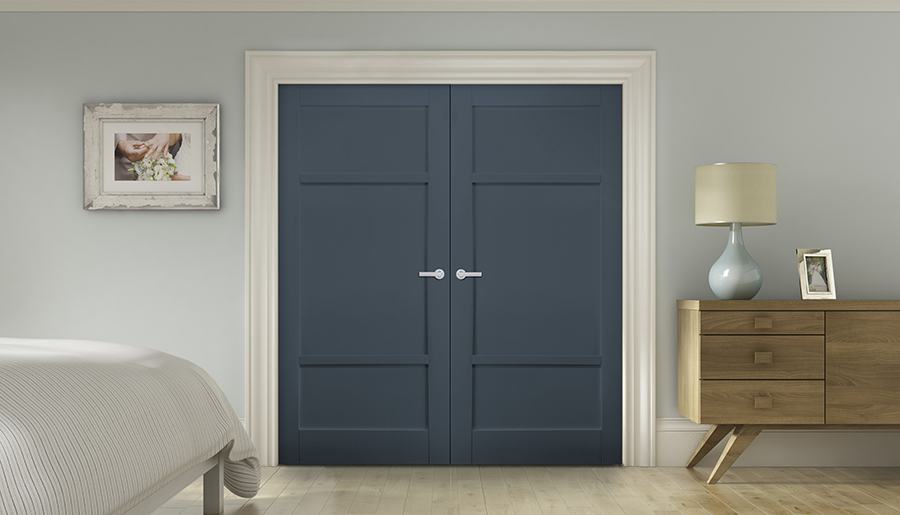
Fire-Rated Door Options
Fire-rated interior doors are a crucial component in protecting lives and property by preventing the spread of fire and smoke, providing occupants with more time to safely evacuate. Properly installed fire-rated doors can significantly reduce the damage caused by fire, making them an essential consideration in building design. Below are a couple of options to consider when looking for fire-rated doors:
Molded and Flush Doors: These doors are fire-rated based on their solid core or mineral core construction.
Steel and Fiberglass Doors: JELD-WEN® offers steel and fiberglass doors designed to withstand heat and prevent the spread of fire for specific periods, typically 20 or 90 minutes.
- 20-Minute Fire-Rated Steel Door System: Includes a steel door, wood jamb, spring hinges, and an aluminum sill.
- 90-Minute Fire-Rated Steel Door System: Features a steel door with an added steel edge, adjustable metal jamb, spring hinges, and an aluminum sill.
It’s important to remember that fire-rated door systems are effective only when paired with walls of proper thickness to prevent fire spread. Always check with your local building code office to ensure your project meets specific requirements.
For a comprehensive guide on fire-rated doors, including types, installation requirements, and maintenance tips, take a deep dive into our detailed blog here.
ADA Compliance: Door Accessibility for All
Designing doors that comply with the Americans with Disabilities Act (ADA) is essential for creating inclusive and accessible spaces. ADA-compliant doors typically need to meet specific width and bottom rail height requirements to accommodate individuals with disabilities. Key ADA specifications, include:
- Door Width: A minimum of 36 inches is generally required, though 32 inches may be acceptable in some situations.
- Bottom Rail Height: Interior doors with a bottom rail of 10 inches or more are considered compliant.
At JELD-WEN®, we offer various molded doors and MODA® doors that meet the 10-inch bottom rail requirement, ensuring your projects are accessible to all. For more information and a full list of ADA-compliant designs, explore our ADA reference guide here.
Impact-Resistant Doors for High-Velocity Hurricane Zone (HVHZ) Areas
For projects in coastal regions, impact-resistant doors are critical. These doors are designed to withstand the extreme forces of hurricanes, protecting homes and occupants from debris and high winds. Let’s take a closer look at the components that help ensure impact-rated doors deliver in harsh conditions.
Requirements for Impact-Resistant Doors
JELD-WEN is dedicated to delivering impact-rated doors that combine reliability, durability, and aesthetic appeal. Our commitment to rigorous testing ensures that our doors meet the highest standards for performance and safety in hurricane-prone areas. By adhering to strict testing protocols and quality control measures, we guarantee that our impact-resistant doors provide robust protection while enhancing the beauty of any home.
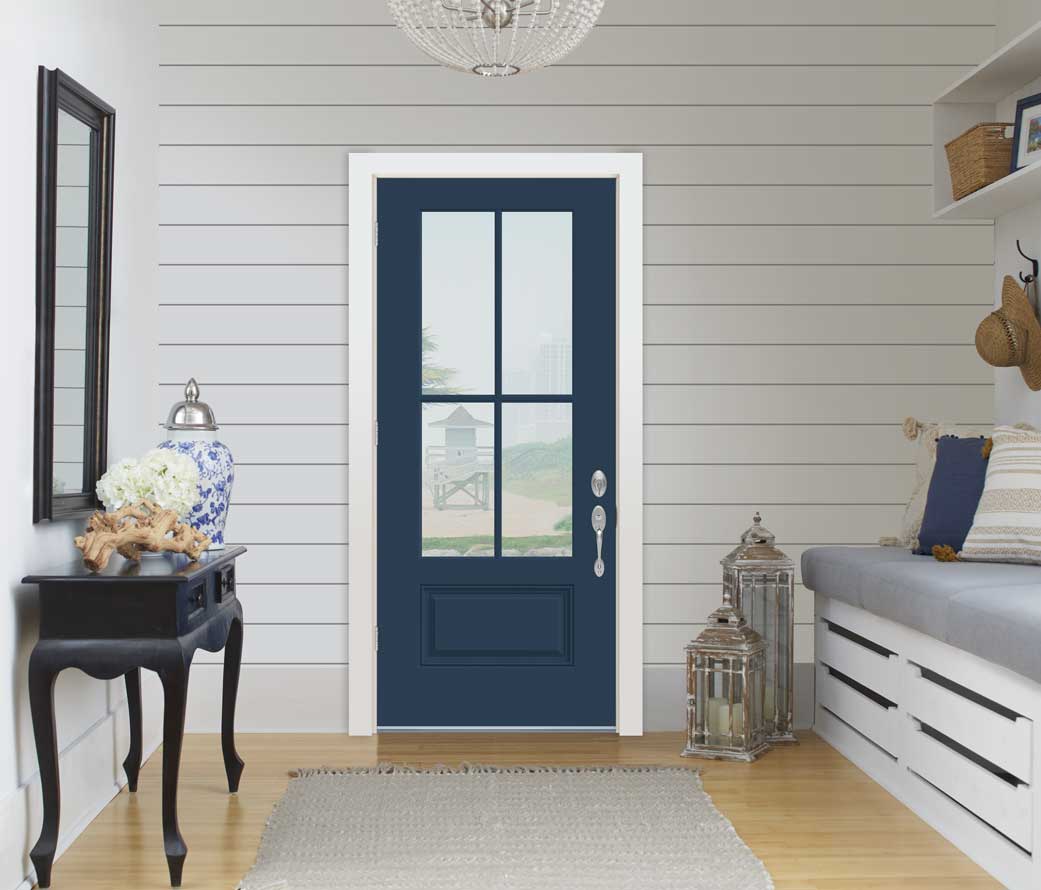
Below are the key requirements that our impact-resistant doors meet to ensure they deliver unmatched performance and peace of mind.
- Impact Testing: “Our impact testing for the high-velocity hurricane zone involves launching a 9-foot-long 2-by-4 at 34 miles per hour at a window to simulate storm conditions,” says Josh Goossen, North American Windows Certification Manager at JELD-WEN.
- Pressure Cycling: Required to withstand multiple cycles of both positive and negative pressure, mimicking the fluctuating pressures experienced during a storm.
- Structural Integrity: Doors should maintain their structural integrity under high wind loads, meeting specific wind speed ratings.
- Material Strength: Constructed from robust materials such as reinforced steel, fiberglass, or composite materials designed to endure severe weather conditions.
- Glazing Standards: If the door includes glass, the glass must be impact-resistant and often laminated to prevent shattering. Glazing should meet the ASTM E1996 and ASTM E1886 standards.
- Certification: Must be certified by recognized testing agencies such as the American Architectural Manufacturers Association (AAMA) or Miami-Dade County Product Control.
- Water Resistance: Should provide effective water resistance to prevent water infiltration during heavy rain and storm surges.
- Corrosion Resistance: Hardware and components must be resistant to corrosion, particularly in coastal environments with high salt content.
- Installation Requirements: Must be installed according to manufacturer guidelines to ensure performance, which may include specific framing, anchoring, and sealing procedures.
- Compliance with Local Building Codes: Must meet or exceed local building code requirements, such as those set by the Florida Building Code (FBC) or the International Building Code (IBC), depending on the region.
To help you stay on top of new codes and requirements, we developed an easy-to-use tool that assists builders in looking up coastal product ratings and approvals, simplifying the process of staying compliant with building codes in hurricane-prone areas. Explore this free online tool and streamline your compliance efforts right now.
Code-compliant Doors for Safety, Security, and Durability
Ensuring your door designs comply with building codes is paramount for safety, accessibility, and durability. By understanding the requirements for fire-rated, ADA-compliant, and impact-resistant doors, you can create designs that not only meet regulatory standards but also enhance the safety and accessibility of any building.
Stay informed, stay compliant, and keep bringing your best designs home. If you have any questions or need further details, explore our full list of coastal product ratings and approved products.

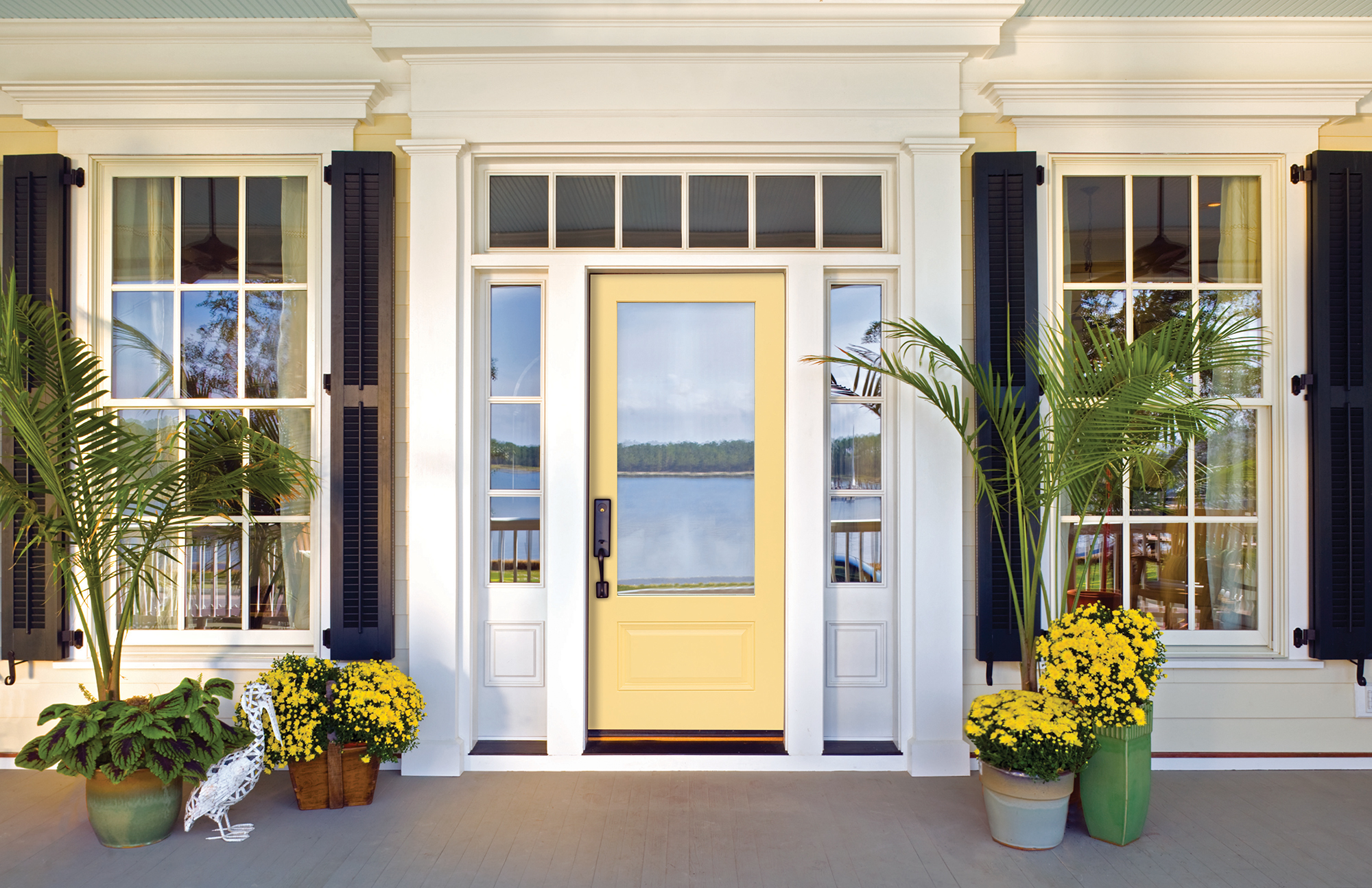
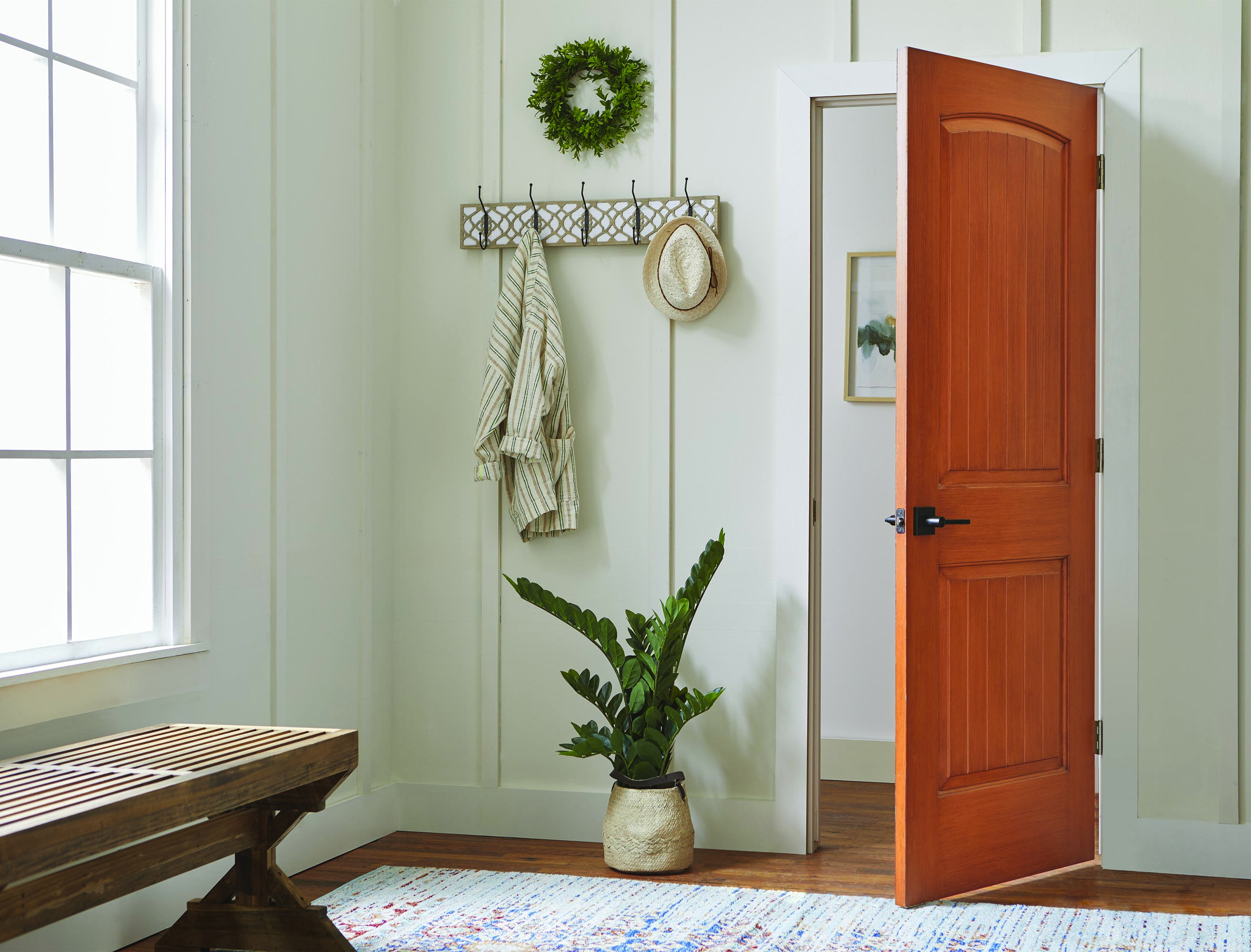
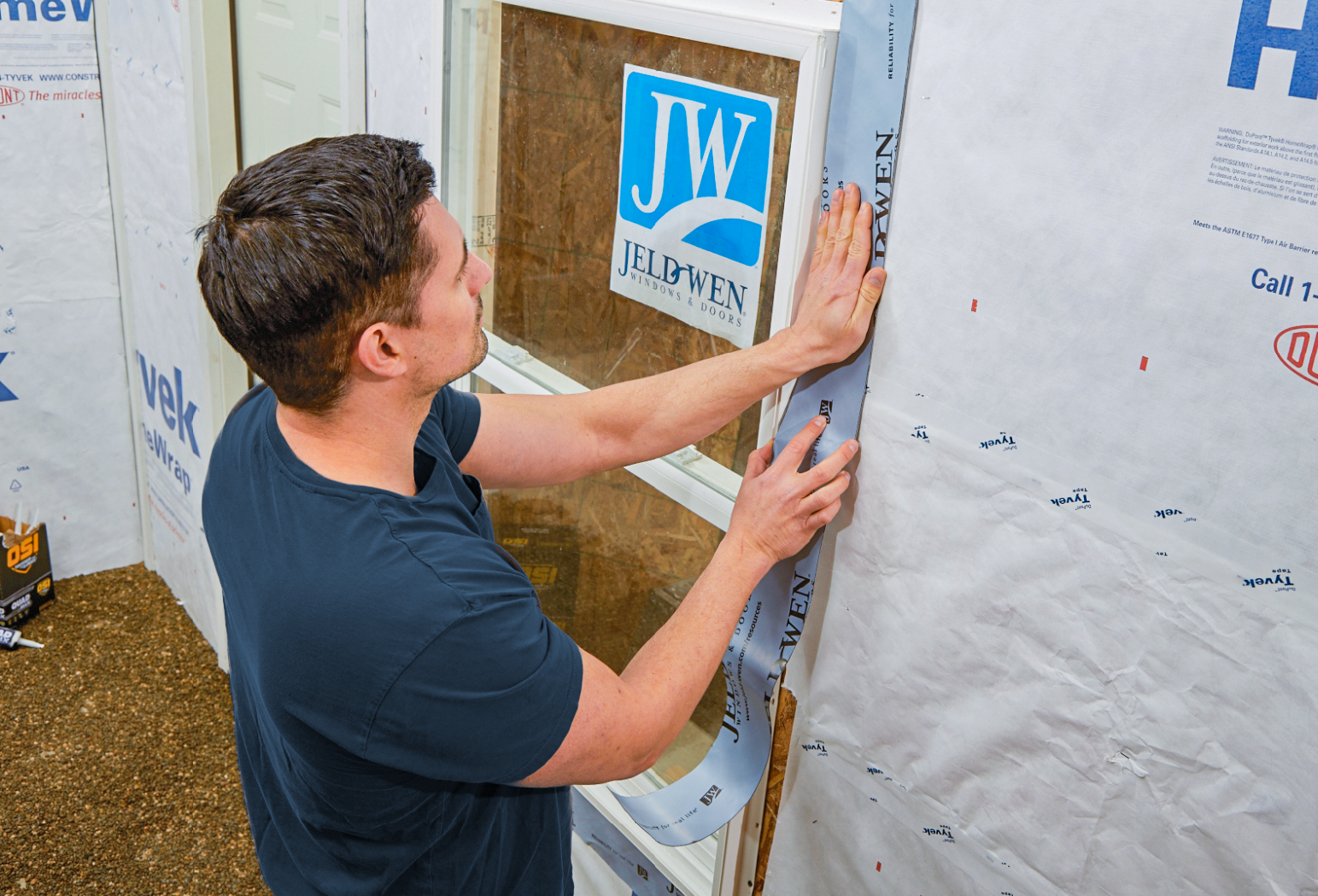
Comments are closed.